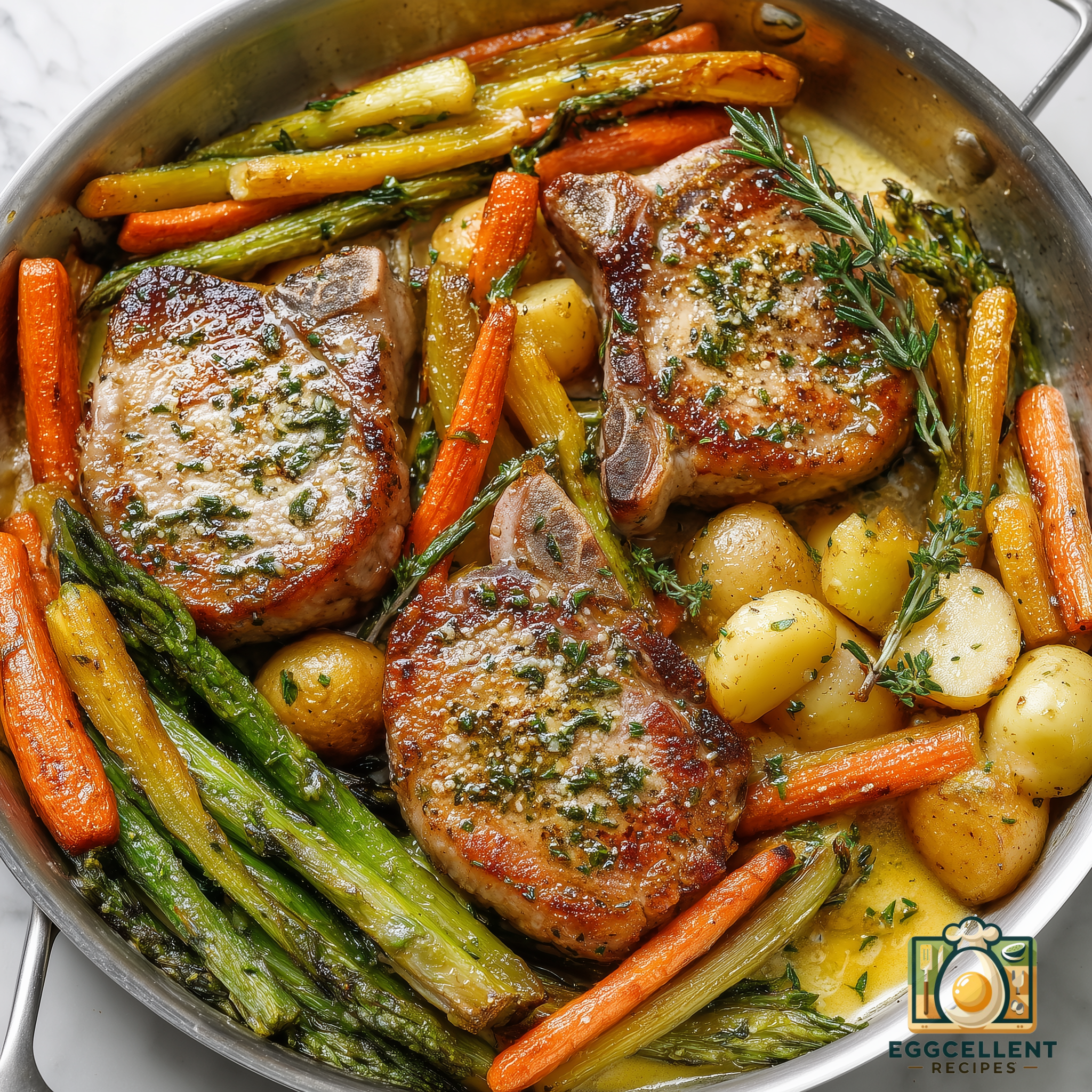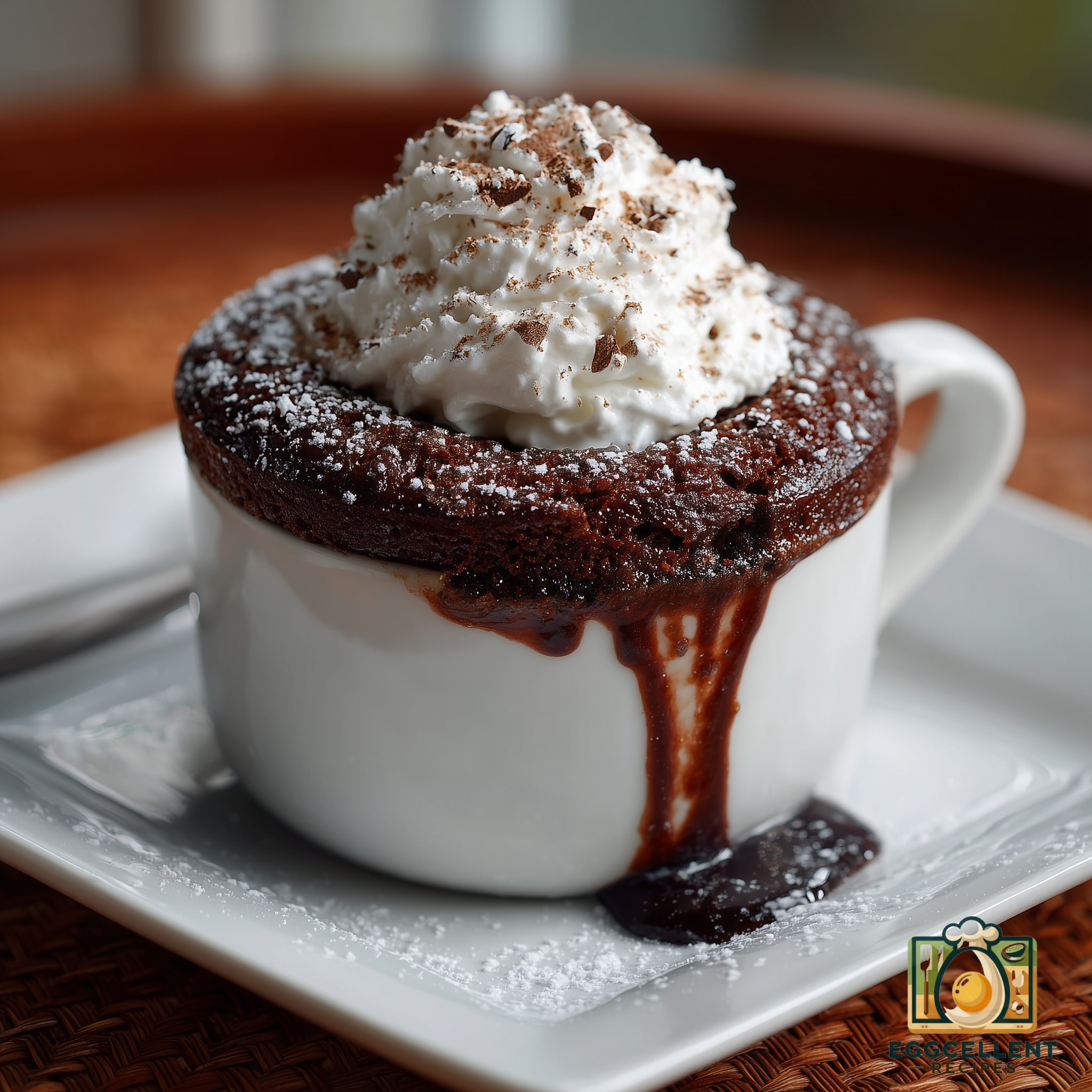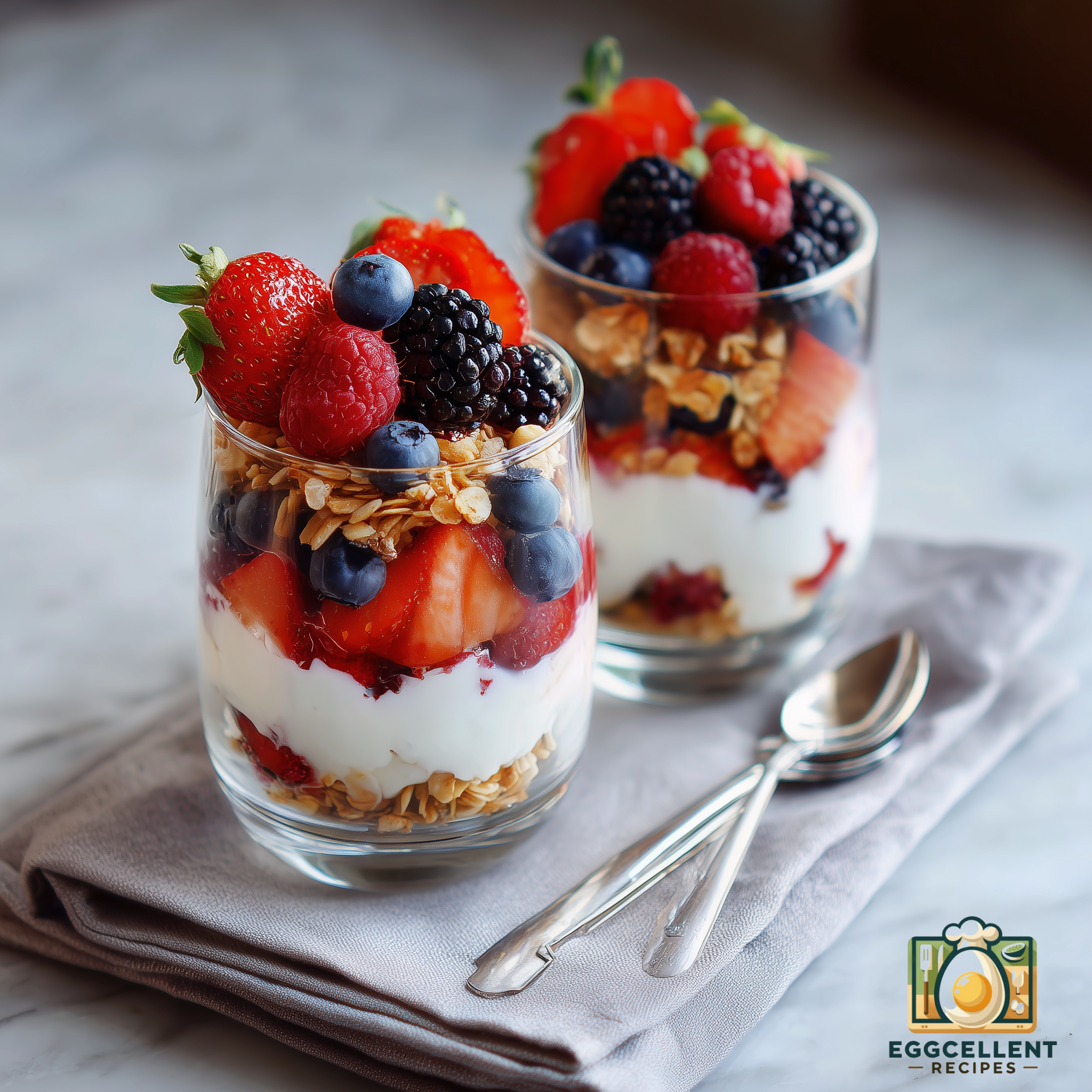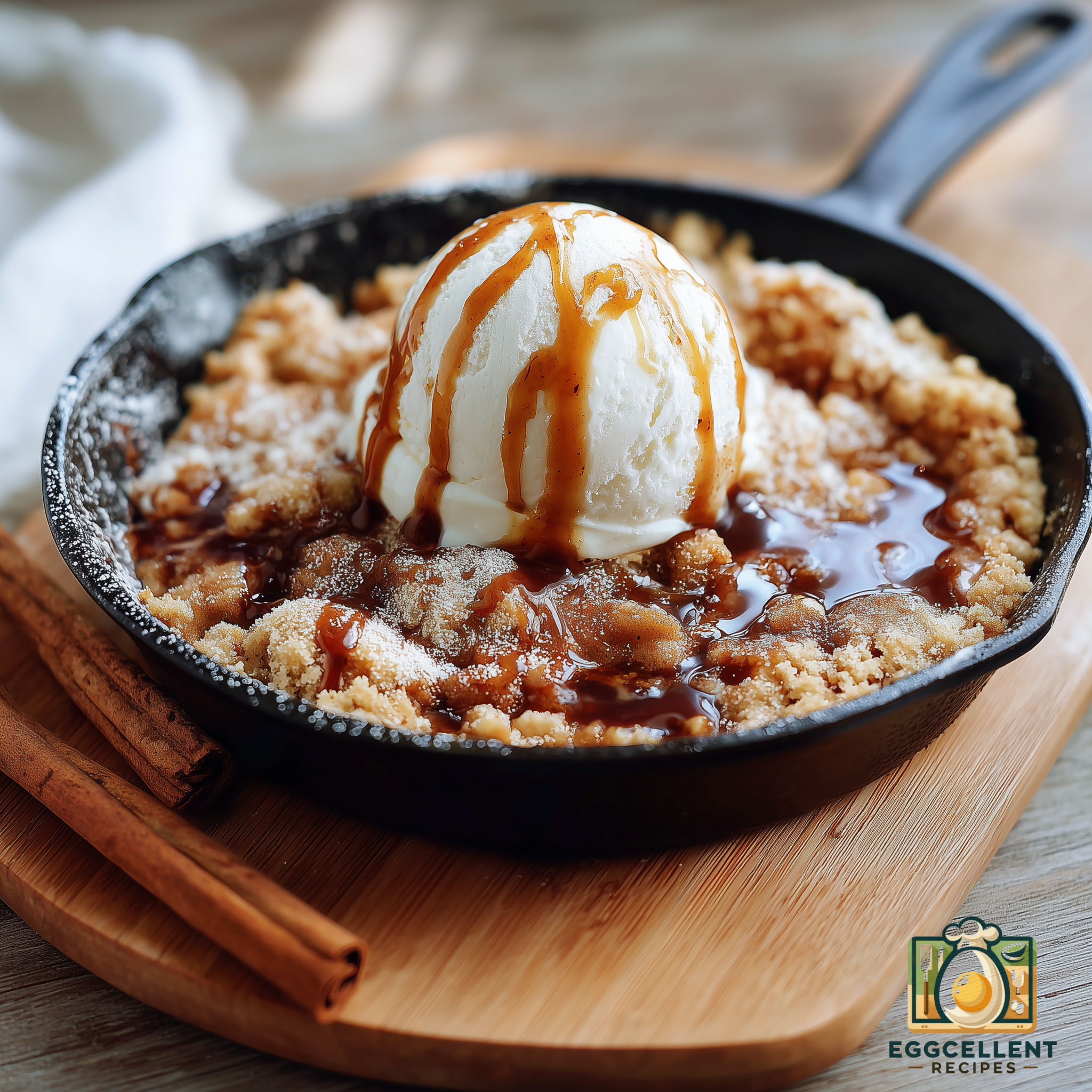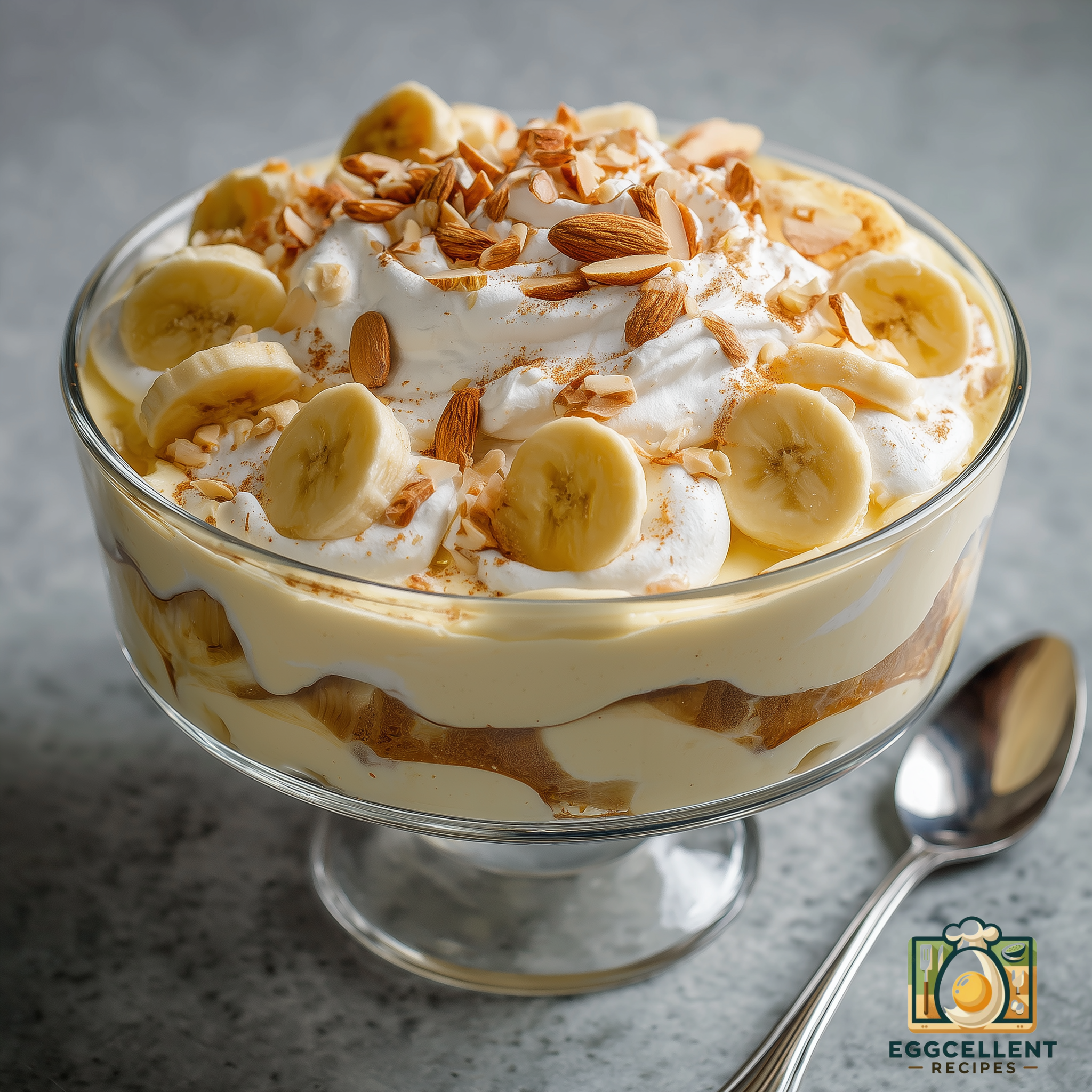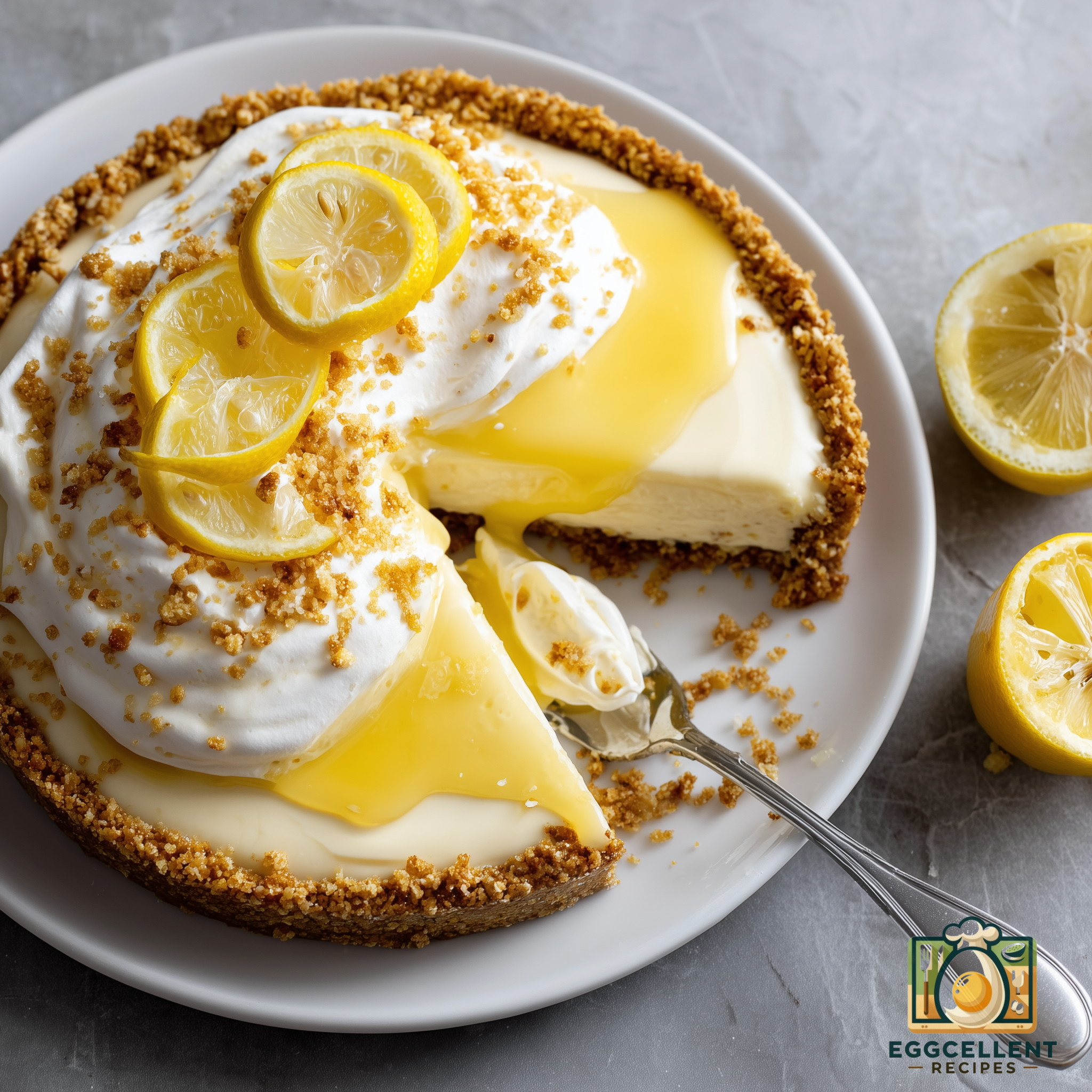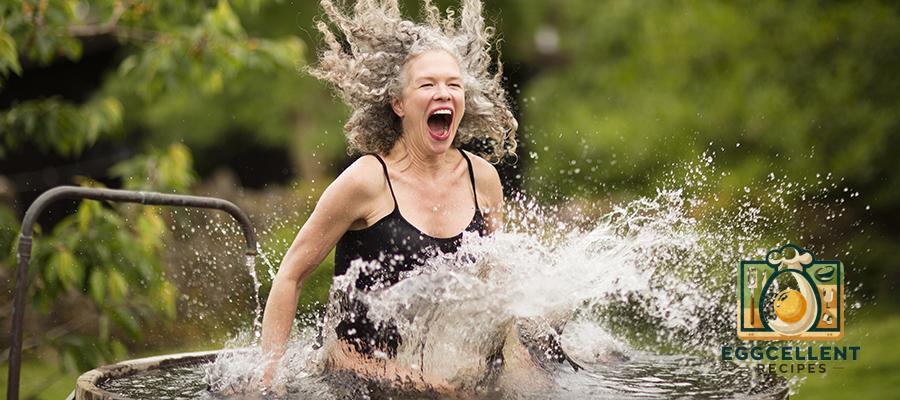
From Nordic ice lakes to modern spa cryo-tubs, deliberate cold exposure is having a moment—splashed across social feeds and endorsed by athletes, bio-hackers, even meditation gurus. But does dunking yourself in near-freezing water actually do anything besides induce shivers? Research says yes—when practiced safely and consistently, cold plunges (a.k.a. cold-water immersion) can deliver measurable perks for body and mind.
1. Faster Muscle Recovery & Reduced Soreness
-
How it works: Cold water constricts blood vessels (vasoconstriction), limiting post-exercise micro-bleeding and inflammation. When you re-warm, a rebound surge of nutrient-rich blood may accelerate tissue repair.
-
Evidence: Meta-analyses of athletic studies show a 15–30 % reduction in perceived muscle soreness within 24–48 hours compared with passive rest.
2. Potential Metabolic Boost
-
Brown-fat activation: Repeated cold exposure stimulates brown adipose tissue—a type of fat that burns calories to generate heat.
-
Energy expenditure: Small human trials report 1.5–2× resting metabolic rate during immersion and modest baseline increases after multi-week protocols. While it’s no magic weight-loss bullet, every bit of thermogenesis helps.
3. Improved Mood & Stress Resilience
-
Endorphin rush: Plunging triggers a spike in β-endorphins and norepinephrine, producing a post-dunk “natural high.”
-
Neurochemical balance: Regular cold exposure may up-regulate dopamine receptors, linked to greater motivation and focus. Participants in 2022 studies reported lowered anxiety scores after 4–6 weeks of thrice-weekly dips.
4. Enhanced Circulation & Cardiovascular Training
-
“Vascular workout”: Alternating constriction (cold) and dilation (re-warming) trains blood vessels to be more elastic, potentially improving overall circulation and blood-pressure control over time.
5. Immune-System Support
-
White-blood-cell activity: Dutch research found habitual cold shower–takers had a 29 % lower self-reported absenteeism due to illness. Cold exposure may boost natural killer (NK) cell counts and anti-inflammatory cytokines (IL-10), though larger studies are still needed.
6. Mental Toughness & Mindfulness
-
Mastering the immediate urge to escape icy water builds grit and reinforces breath-control habits—skills transferrable to daily stress management and athletic performance.
How Cold Is “Cold”?
-
Classic ice bath: 39–50 °F (4–10 °C)
-
Cool plunge pool: 50–59 °F (10–15 °C)
-
Cold shower: < 68 °F (20 °C) water on full-body spray
A typical protocol is 2–3 minutes submerged, 2–4 times per week. Beginners can start with 30-second cool showers and progress gradually.
Safety First
-
Screen your health: Anyone with cardiovascular disease, Raynaud’s phenomenon, uncontrolled hypertension, or pregnancy should consult a physician first.
-
Warm acclimation: Never jump straight from a sauna into ice water without acclimating for a minute—extreme temperature swings can shock the heart.
-
Mind the “after-drop”: Core temperature can keep falling after you exit; towel off quickly and move around or dress warm.
-
Never go alone: Cold-water blackout risk is small but real; have a buddy present for full plunges.
Quick-Start Checklist
| Step | What to Do | Why |
|---|---|---|
| 1. Breathing Prep | 3–5 slow nasal breaths before entry | Lowers panic response, steadies heart rate |
| 2. Slow Entry | Waist-deep first, deep breath, then shoulders | Prevents gasp reflex |
| 3. Mental Anchor | Focus on a mantra or count to 10 | Distracts from shock, builds resilience |
| 4. Controlled Exit | Stand, drain water, quick towel, light movement | Aids safe re-warming |
| 5. Reflect | Note mood, energy, and recovery markers | Tracks personal benefits over time |
Final Thoughts
A properly executed cold-plunge routine can amplify recovery, spark metabolism, sharpen focus, and toughen mental resolve—all with minimal equipment. Start modest, listen to your body, and pair cold therapy with balanced nutrition, quality sleep, and regular exercise for an all-season wellness edge.

